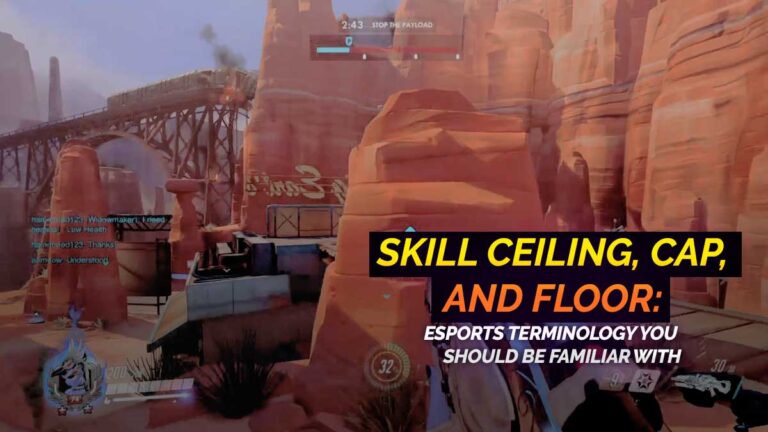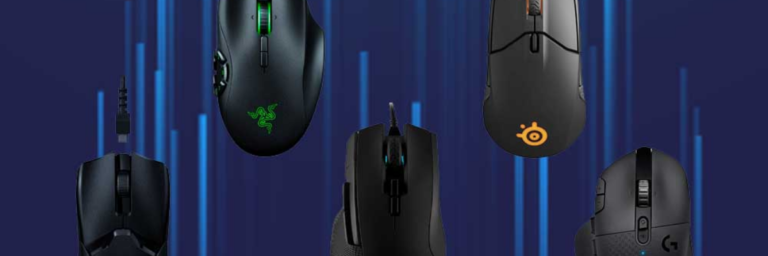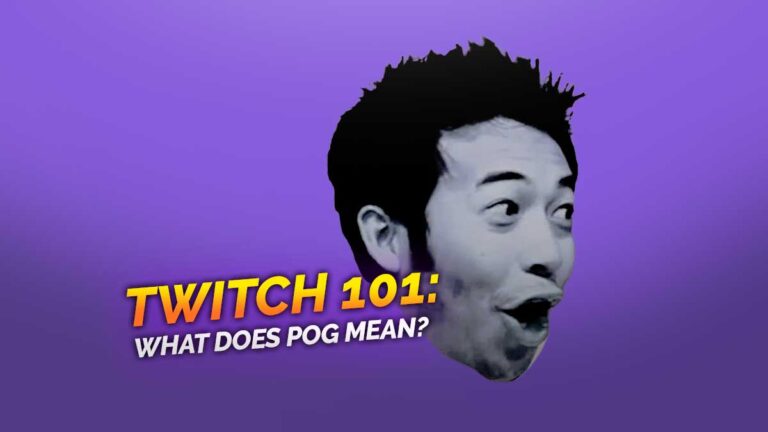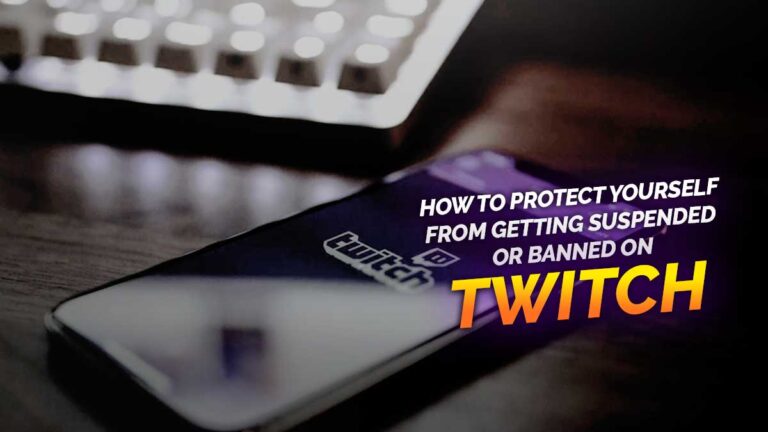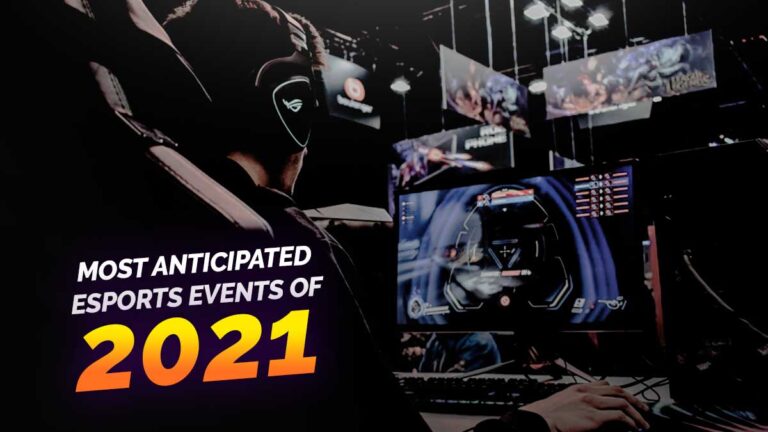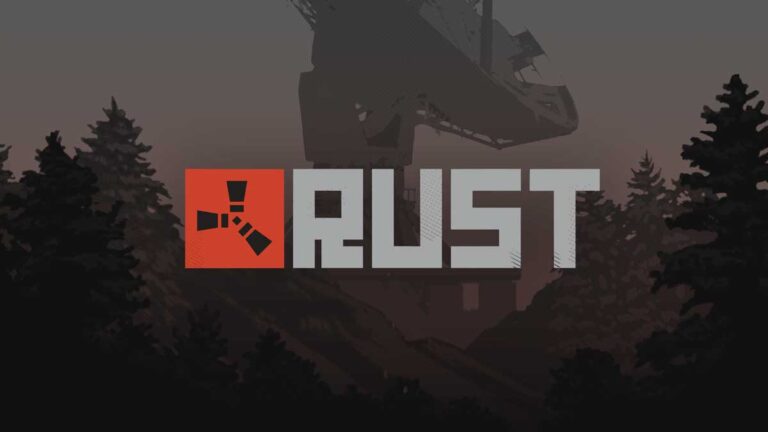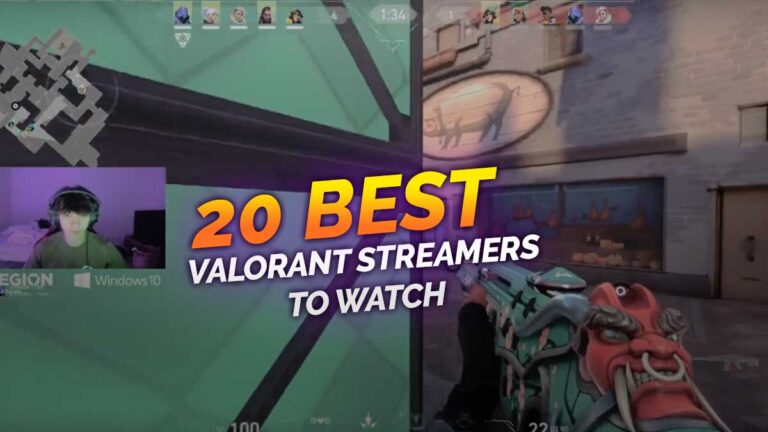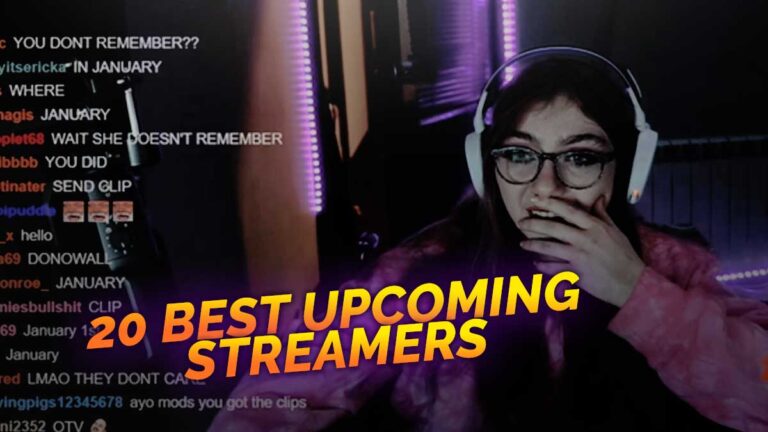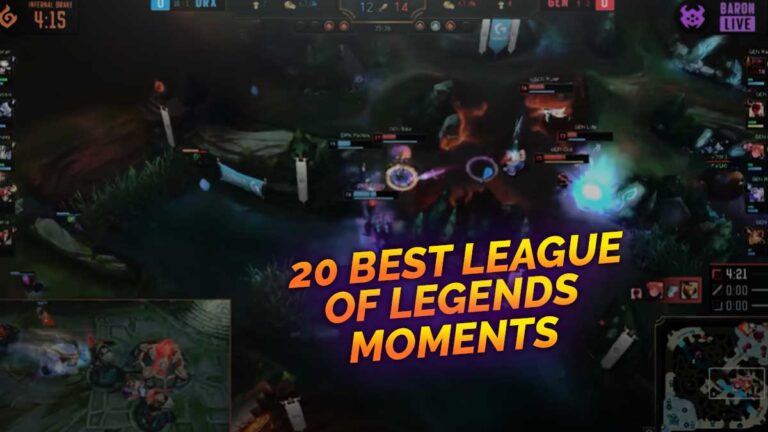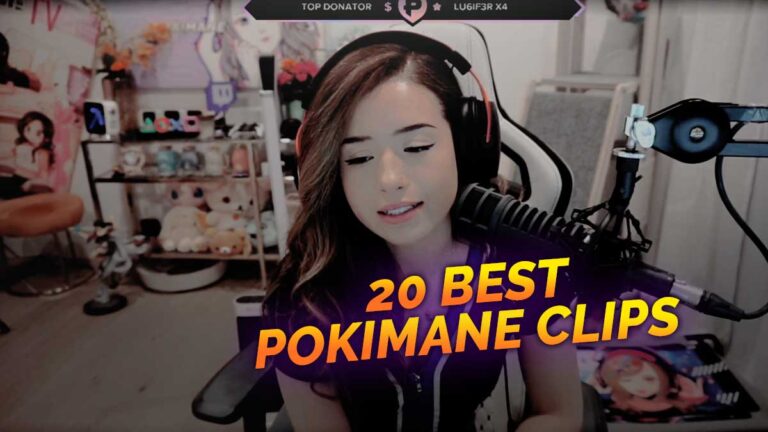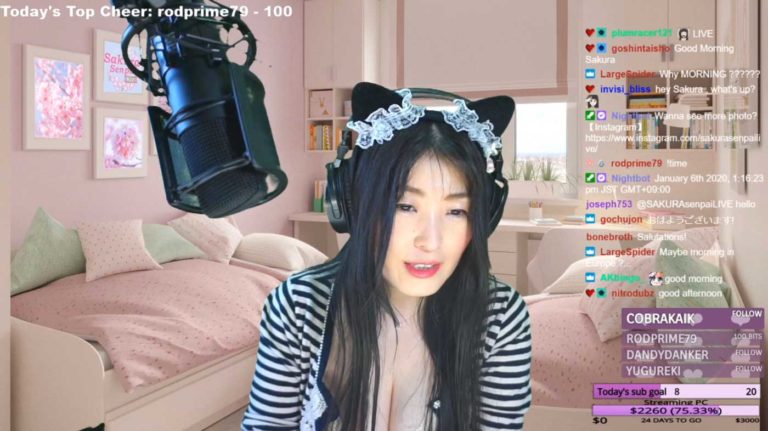You might have heard about terms like skill ceiling, skill cap, or skill floor in various multiplayer games.. but did you know that these terms are commonly interchanged?
To give clarity to the respective meanings of these terms, we’re here to provide you with a detailed explanation of some of the most common eSports terminologies you should be familiar with— and yes, it’s more than just knowing what a META means.

Gameplay footage from CS:GO
Skill Ceiling
In gaming, a skill ceiling is the highest potential skill possible. The term generally refers to the set of skills and knowledge it takes to truly master a certain hero or champion (on MOBA games) and a gun or agent (on FPS titles.)
For instance, you can be decent if you practice a certain hero or gun for quite some time, but some professional esports players can show the full capabilities and possibilities of the said champion or gun type a typical player will have a hard time mimicking.
Some high-difficulty champs or guns can have a very high skill ceiling. On the contrary, easy-to-use champs or guns can have a rather low skill ceiling, because making them work in every match is generally quite easy— that even casual players can pull it off.
High skill ceiling
The term has been coined by the gaming community mainly because of the extreme skill potential observed in almost every large competitive esports title.
Competitive multiplayer games feature action unfolding in real time, resulting in a must-needed fast reaction time, deep understanding of the game, and an extremely well-developed muscle memory.
Some games considered to possess inherently high skill ceilings are Dota 2, Overwatch, CS:GO, and League of Legends— since players typically must master different roles, understand how team composition works, adapt to different playstyles, and execute your combos perfectly.
To do all of this simultaneously without fail is somehow close to impossible and truly difficult, hence is why these titles are some of the most competitive games out there with multi-million dollar esports scenes.
Lower skill ceiling
Games with fewer complex mechanics are considered to be with lower skill ceilings. In particular, games like Hearthstone have a much lower skill ceiling than any of the competitive titles mentioned above.
Since the game is turn-based, speed, in-game reflexes and muscle memory reactions aren’t as important. Hearthstone is also a one-on-one scenario instead of the typical 5v5 or 2v2.
Hearthstone’s mechanics considerably tones down the cutthroat skill ceiling, erasing the need to adapt to your team’s playstyle and composition.
You also know what deck you are going to play on Hearthstone, unlike competitive MOBA games like Dota 2 or League of Legends where there’s a drafting stage wherein your opponent could disrupt your initial game plan or strategies.
However, skill ceilings are typically much harder to determine, since different titles have various mechanics, abilities and functions. As a result, it tends to be difficult to be able to compare them all objectively.
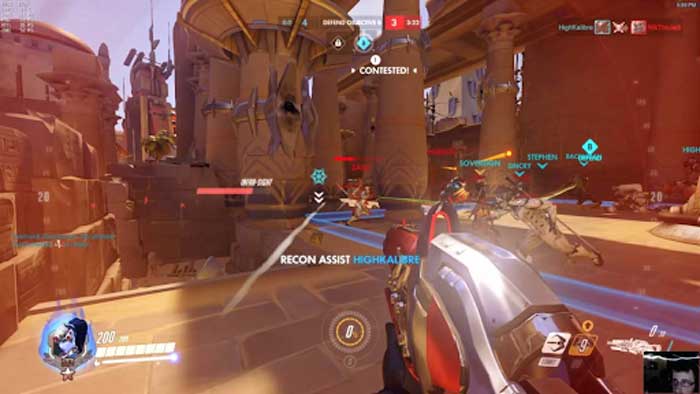
Gameplay footage from Overwatch
Skill Floor
Consider a “skill floor” as the direct counterpart to a skill ceiling. While a skill ceiling is a certain expertise that’s possible to attain given persistent training and practice, a skill floor pertains to how difficult it is to start the said process of mastery.
It is the minimum level of ability required to be effective with a certain champion or hero.
A low skill floor means it’s easily accessible even for a casual player, while a high skill floor means you cannot typically get anything useful out of the pick without developing higher skills.
High skill floor
A high skill floor typically translates that you’ll get no use out of your hero or champion if you’re bad. These picks are very difficult to use until you are an advanced player.
Effectively playing Widowmaker in Overwatch, for instance, isn’t going to be exactly easy if you don’t have a rich background in other FPS titles. To make the most out of her skillset, a player must have exceptional aim and learn proper positioning.
Her skill floor is considerably very high— so if you want to be a competent Widowmaker player, you’ll need to work on mastering various game mechanics.
Low skill floor
A low skill floor means even if you are somewhat bad at the game, you will get some amount of utility out of your hero.
These champions are considerably easy to control. Players don’t even have to target the enemy or anything of the sort. Ideally, you can manage to pull it off even if your mouse buttons die.
In short, low skill floor characters are relatively easy to pick up to at least contribute something to the match. They have generally easy abilities to use in combat, hence even an average player can use these heroes effectively.
Unlike skill ceilings, a particular skill floor is easy to determine for most heroes or champions.
Skill cap
A skill cap refers to the min-maxed, perfect play of a certain hero or character pick. The cap has nothing to do with how hard or easy it is to play a certain hero or how weak or powerful a specific class is. It’s the potential that each class or hero possesses when all the abilities are used to their fullest extent.
In the case of a particular class or character type, a skill cap is the extent where a player is so good at using his abilities that he cannot become better at it since he is limited by its mechanics. This makes him or her officially skill-capped.
In other words, it refers to the maximum level of play that can be achieved with a given class and how much of a difference there is observed between a “so-so” good player and an overpowered player of that specific type.
Player skill cap
Skill cap may also refer to an individual player’s skills and playstyle. In particular, it can refer to the limit or “cap” in which a certain player cannot exceed because there is nothing more to exceed.
The old adage goes “there’s always room for improvement,” but someone who is considered “skill capped” no longer needs any assistance or improvement. They are now considerably a divine player with no need for outside input or assistance; a league of their own.
However, this term is relative as the cap of your skill is only determined by the global community. Some people might think you are totally horrible at the game, while others may consider you totally overpowered or OP.
In the Pro eSports setting
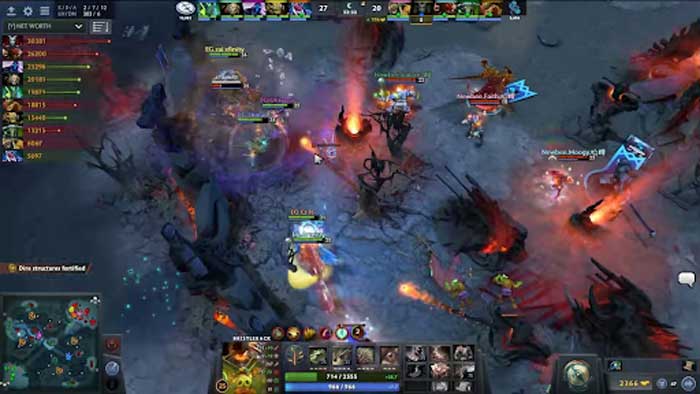
Gameplay footage from DOTA 2
So, what’s the relevance of knowing these terms? Do they matter in competitive play? The answer is yes.
If you’re set out to climb the leaderboards or you aspire to become a pro in a game’s competitive eSports scene— you’re better off knowing these terms by heart.
You can figure out for yourself what champions or loadouts you’re particularly good with, especially after a certain time of practice… but if you’re planning to go pro, it’s an entirely different story.
In particular, League of Legends has a number of champions that are only considerably good if you’re playing them well enough as a professional eSports player. Azir, for instance, has one of the highest champion skill ceilings in the game. If a player is good at him, they can be considerably god-like. But if they’re not, he can feel like an underwhelming pick.
Riot Games decided to balance the champion heavily based on pro play so that he doesn’t dominate the professional eSports scene.
As a result, Azir is completely unpopular to use in casual play. The vast majority of LoL’s player base tend to take a pass on the idea of playing him. However, pro Azir players can pull off ridiculous moves and combos— which tends to be unreal sometimes.
These terms are also often kept an eye on by the developers, since they are tasked to maintain the game’s competitive integrity and in-game balance.
On competitive Dota 2, Earth Spirit is another hero who has a great skill ceiling. The melee strength hero has incredibly powerful abilities, with disable skills (stun and silence) as well as an escape.
Earth Spirit’s abilities can single handedly turn the tide of a game amid teamfights at professional matches but in non-professional play, it’s totally different, It is unlikely to stumble across an Earth Spirit player that will wreck you completely.
Bottomline
To reiterate, a skill ceiling refers to the certain level of skill or in-game expertise required to use a hero/class to their maximum potential, a skill cap is the potential that each class or hero possesses when all the abilities are used to their fullest extent, while a skill floor is the minimum level of ability required to be effective with a certain pick.
It’s not that difficult to grasp the basics of these terms, but a total understanding of these concepts depends on your own mastery or familiarity with a particular game.

